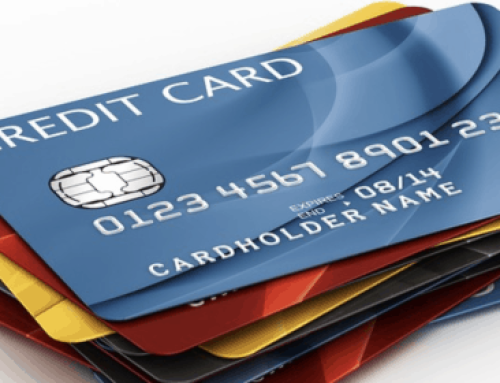From 1963 to 1968 there was a popular game show on NBC called “Let’s Make a Deal”. It was later moved to ABC and syndicated as a nightly show that ran from 1971 to 1977. The host of that popular game show was Monte Halparin, whose stage name was Monty Hall. This game show and its host gave rise to a very common probability puzzle that has come to be known as the “Monty Hall Problem”. Here’s the premise behind the Monty Hall Problem.
A contestant is presented with 3 doors. Behind one of the doors is a prize. To win the prize, the contestant must choose the correct door. However, there is one interesting twist that occurs. After the contestant chooses the first door at random, Monty Hall removes 1 of the 2 remaining doors that does not contain the prize. At this point, the contestant can choose to stay with their original door or switch to the remaining door.
Spoiler alert! The answer to this probability problem is that the contestant is ALWAYS better switching doors because it doubles the chance that they will win. How is this possible? Let’s examine the math behind this.
The probability of a single event occurring or not occurring is always equal to 1. It either happens or it doesn’t. At the start of the game, each door has an equal chance of winning so the contestant has a 1 out of 3 chance (a probability of .33) regardless of which door is picked. A subtle difference in this game is the fact that Monty Hall knows which door has the prize. When he eliminates one of the doors he is revealing valuable information. Since he isn’t taking away the door with the prize, the probability of choosing the correct door changes dramatically.
This confused many people. People have argued passionately that because there are 2 doors left that the chances are now 50/50, a 50% chance or .5 probability. This would be correct if at the start of the game Monty said, “pick 1 of the 3 doors, but I’ll tell you now that it’s not behind door #3”. In that case the contestant would truly be making an unknown choice between door #1 and door #2 and would have a 50% chance of winning picking either door. So how does the probability change if Monty removes a door after the contestant has made a choice? Let’s examine the game further and see if we can answer that question.
If the contestant picks door #1, we know that the chances are 1 out 3 that it is the winning door. Since the total probability equals 1 then we also know that the chances of picking a losing door are 2 out of 3. In other words the contestant is twice as likely to have picked the wrong door.
Monty Hall then removes door #3, which is not a winning door, and asks the contestant if they want to stay with the original pick or change doors. When he removes this door he’s in essence saying:
“If your first pick was the right door (which is a 33.3% chance) then I simply removed one of the other doors. It doesn’t matter which one.”
“If your first pick was the wrong door (which is a 66.6% chance) then I am going to remove the other wrong door.”
So there is a 66.6% chance that the contestant picked the wrong door and that Monty will remove the other wrong door. That means that if the contestant keeps the original choice of doors the probability doesn’t change. The contestant will still have a 33.3% chance of winning. However, if the contestant chose to switch doors then the chances will double to a 66.6% chance of winning. Therefore the winning strategy is always to switch doors.
While the Monty Hall problem is not often encountered in business, there are other probability problems that are common place, for example conditional probabilities. Assume a creditor has 3 different addresses for a consumer and there is a 75% chance that one of those addresses is correct and a 25% chance that none of them are correct. If each address has a 25% chance of being correct then the probabilities look like this:
| Address | Probability |
| #1 | 0.25 |
| #2 | 0.25 |
| #3 | 0.25 |
| All Incorrect | 0.25 |
The table above would be correct if letters were mailed to all three addresses at the same time. However, if a letter is mailed to address #1, then the creditor waits a period of time and it comes back as returned mail, then these probabilities change.
This is a very simple example, but it illustrates the point that account and consumer information does not remain static in a vacuum. Things are constantly changing and these changes can have significant impacts on future outcomes. Just as we saw with the Monty Hall Problem, probabilities can change dramatically when you have more information.
The equations that are used for Recovery Decision Science in Paymetrix are much more complex than these simple examples. There are dozens of variables and multiple equations, and these variables are constantly updated based on new information that is continually being gathered. Using static or outdated data can lead to wrong recovery decisions with poor outcomes that are costly and result in wasted time and effort.






